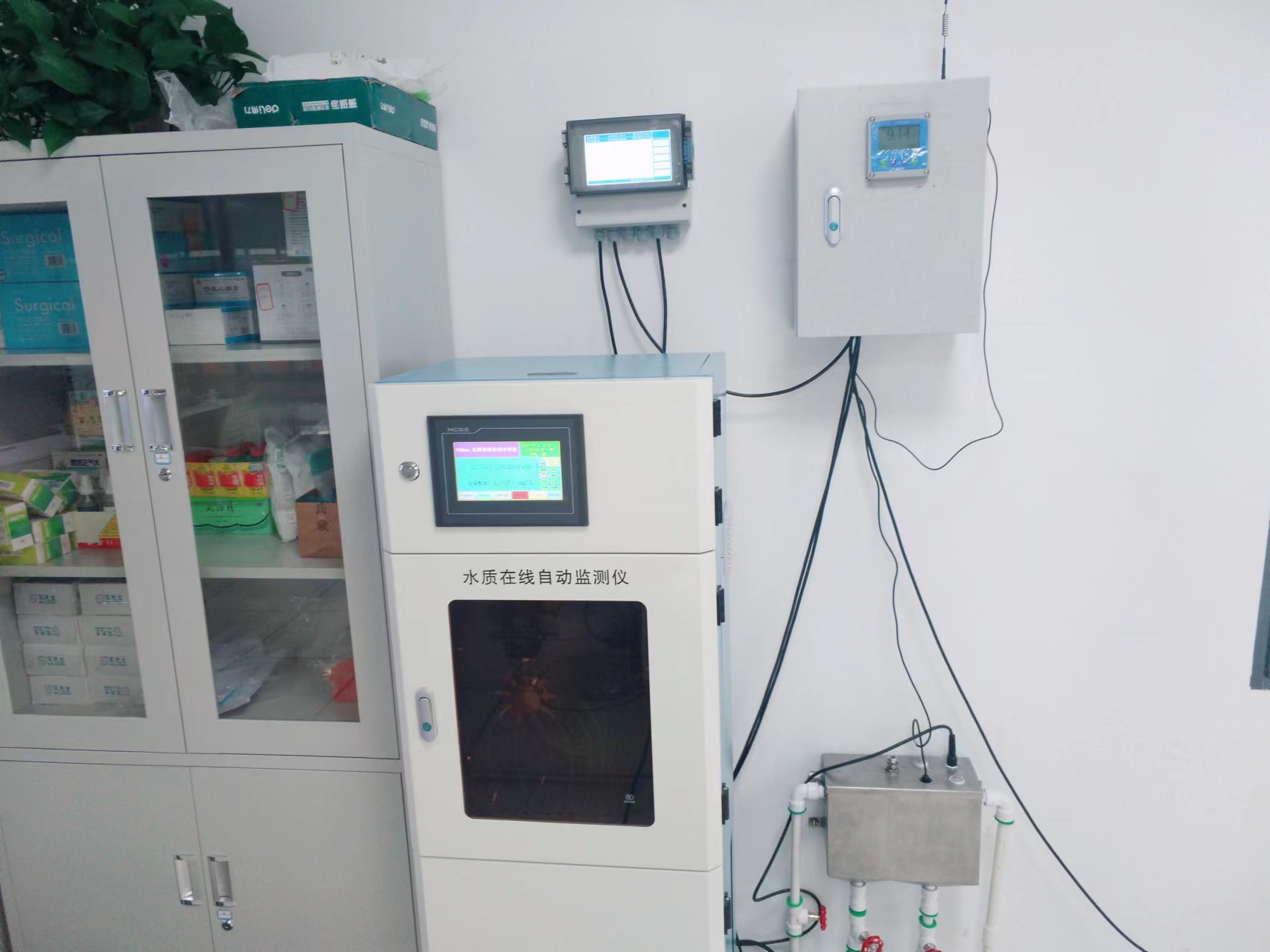Why water quality testing should be carried out in estuary water
Why water quality testing should be carried out in estuary water purification projects:
Assessment of water quality:
By measuring and evaluating the content, properties, quantity and types of pollutants in water body, the water quality can be fully known, provide basic data support for water purification project.
To determine the water quality purification plan:
According to the monitoring results of water quality, the types and concentrations of the main pollutants in the water can be analyzed. Therefore, we can make a targeted water purification program, choose the appropriate purification technology and methods.
Monitoring the effect of purification:
In the process of water purification, through regular or real-time monitoring of water quality parameters, the purification effect can be evaluated to ensure the water quality to achieve the intended goal.
If it is found that the purification effect is not ideal, the purification program can be adjusted in time or take other remedial measures.
Pollution Alert:
Water quality monitoring can detect water quality changes and potential pollution sources in time, and give early warning of possible pollution events, thereby preventing the spread of pollution and ensuring the sustainable use of water resources.
This is very important for the river estuary water purification project. Further deterioration of water quality can be avoided by timely detection and treatment of pollution sources.
What are the water quality parameters to be monitored in estuarine water purification projects:
Physical properties parameters:
Temperature:
The Heat Index of water, which has an important effect on aquatic biology and chemical reaction.
Turbidity:
Indicates the degree of clarity or turbidity of the water, usually associated with suspended particulate matter content.
Color:
The apparent color of water, which may be related to dissolved or suspended matter.
Parameters of the chemical property:
pH:
The indexes to measure the acidity and alkalinity of water body have important influence on aquatic biology and chemical reaction.
DO:
The concentration of dissolved oxygen in water is essential for the survival and reproduction of aquatic organisms.
Chemical oxygen demand (COD) :
The concentration of chemical oxygen required for the oxidation of organic matter in water is an index for evaluating the degree of organic pollution in water.
Biochemical Oxygen Demand (BOD) :
Measure the amount of oxygen needed by microorganisms to decompose organic matter in water, and reflect the self-purification ability of water.
Ammonia nitrogen (NH3-N) :
The total concentration of ammonia and ammonium compounds in water is an important indicator for assessing the degree of water eutrophication.
Total phosphorus ( P) :
The total concentration of phosphorus in water is also a key parameter for water eutrophication.
Total nitrogen (N) :
The total concentration of nitrogen in water, including ammonia nitrogen, nitrate nitrogen, nitrite nitrogen, etc.
Heavy metals:
Such as lead, Mercury, cadmium and other dense metallic elements, harmful to aquatic organisms and human health.
What are the characteristics of the above water quality testing equipment:
- Can measure a variety of parameters, such as temperature, pH, turbidity, dissolved oxygen, COD, BOD, ammonia nitrogen, total phosphorus, total nitrogen, heavy metals and biological indicators
- High precision and good stability can ensure the reliability of measurement results. This is essential for assessing water quality, making purification plans, and monitoring the effectiveness of purification.
- 3. Can automatically complete the sampling, analysis, recording and other operations to reduce manual intervention and error.
- 24-7 hours of real-time continuous monitoring of water quality.



